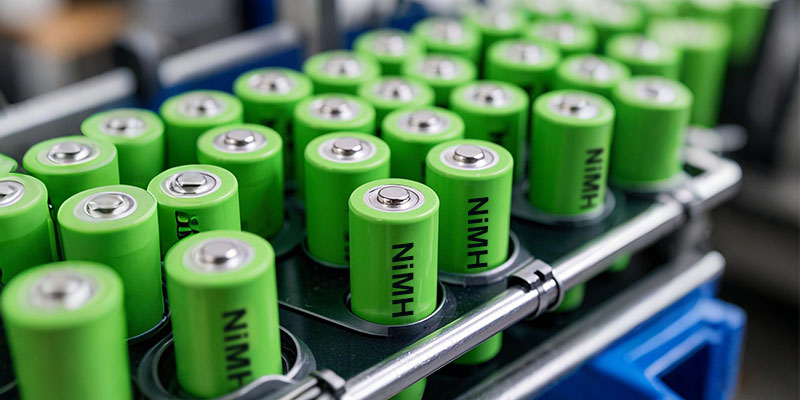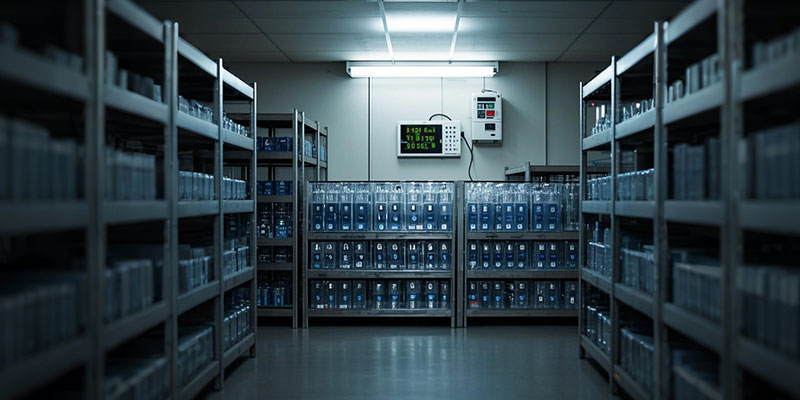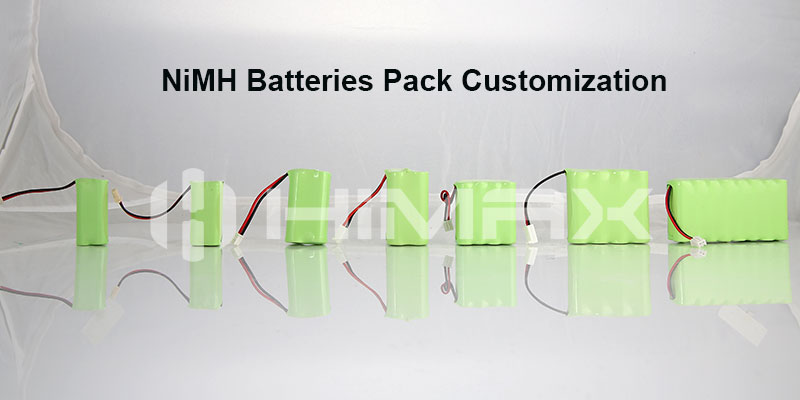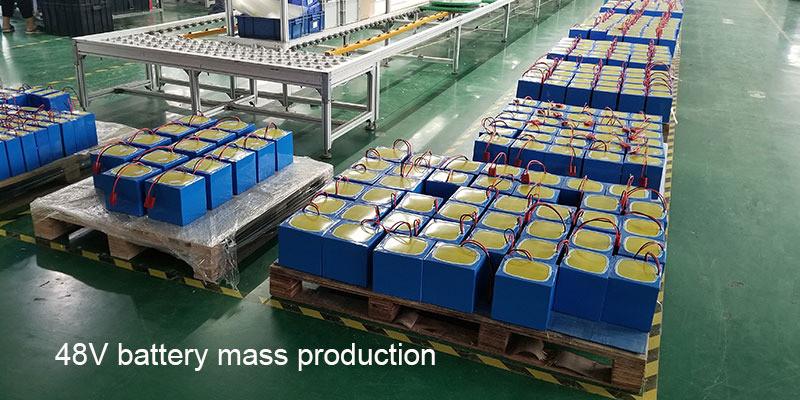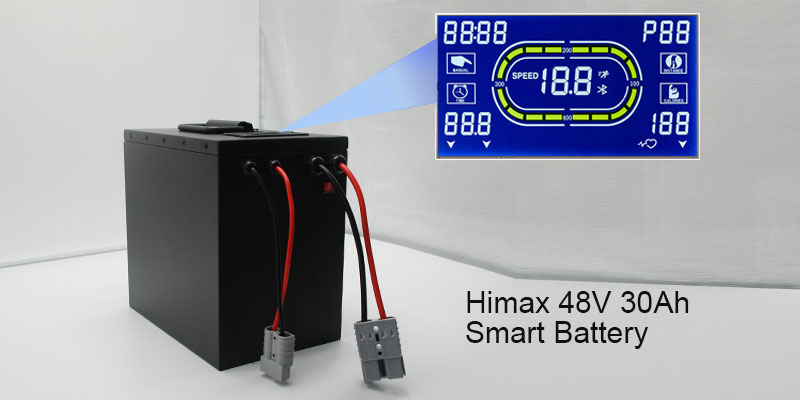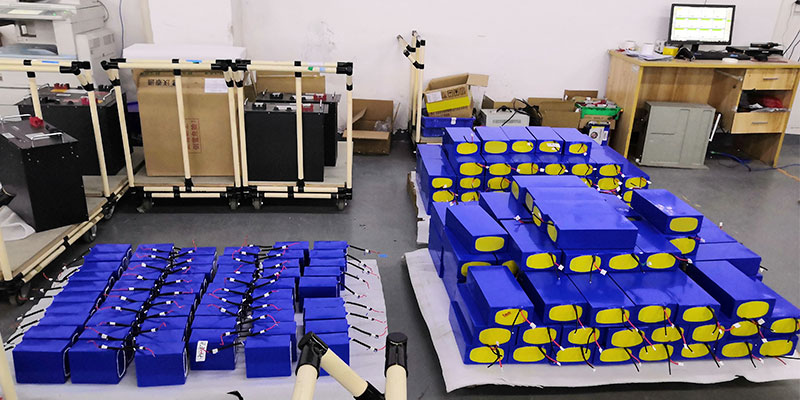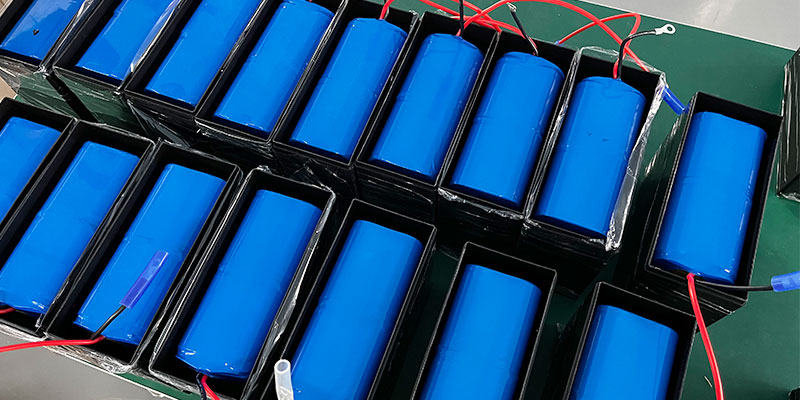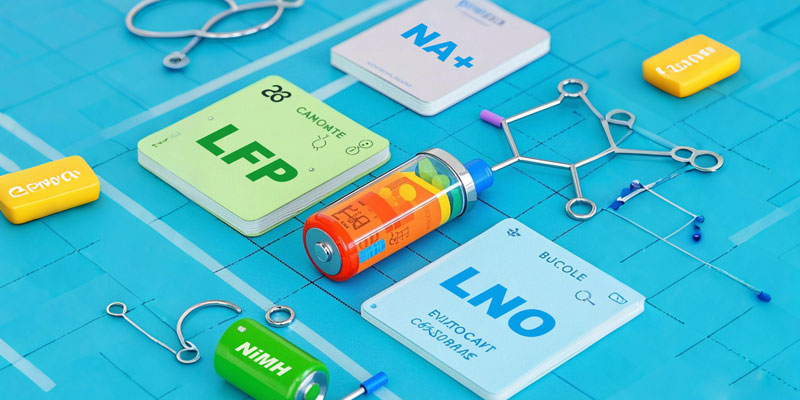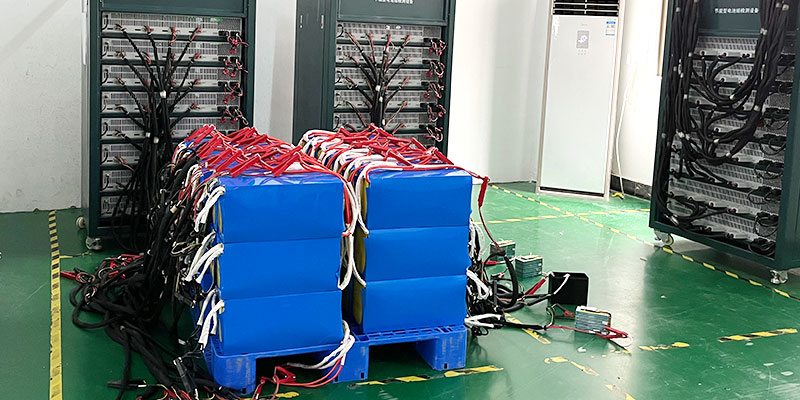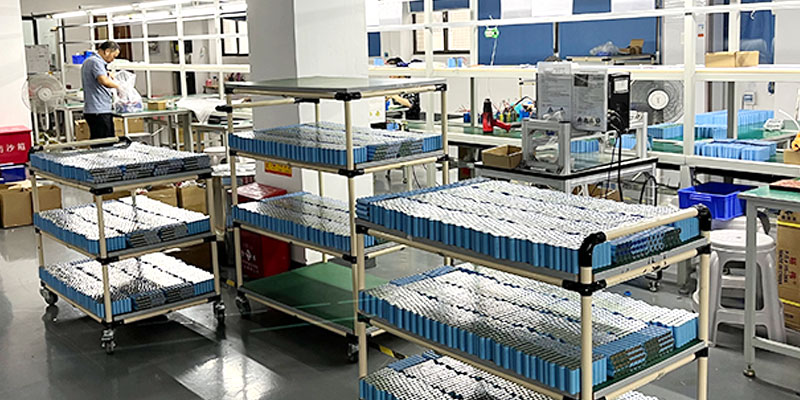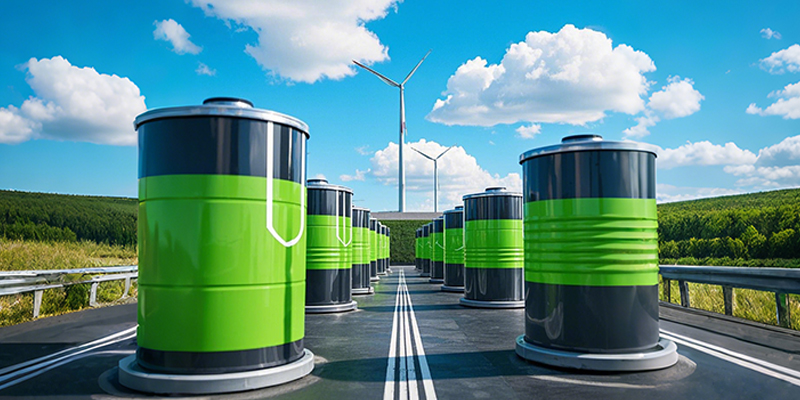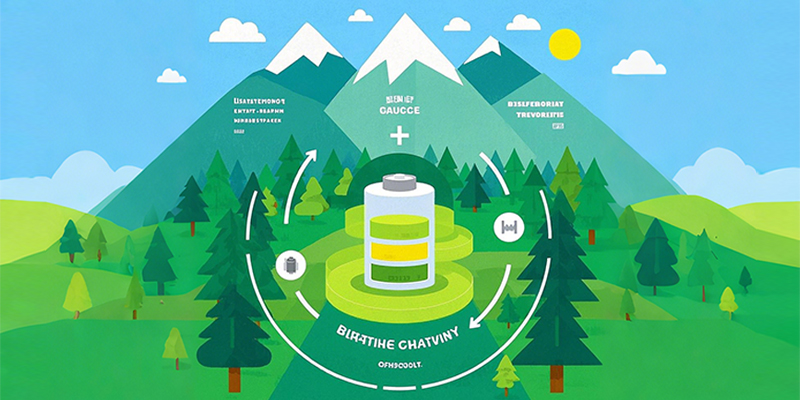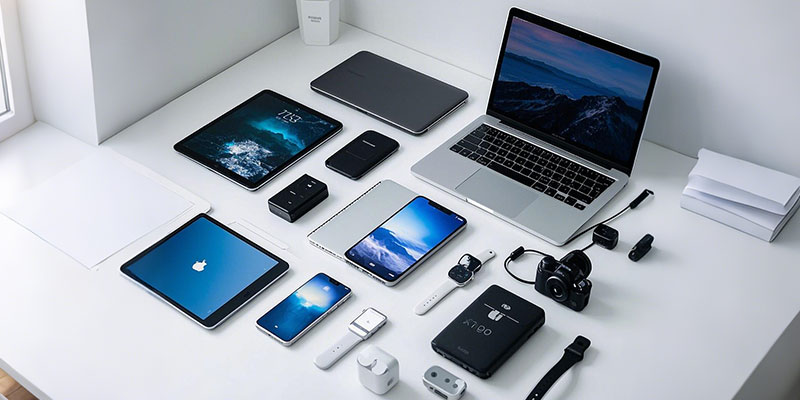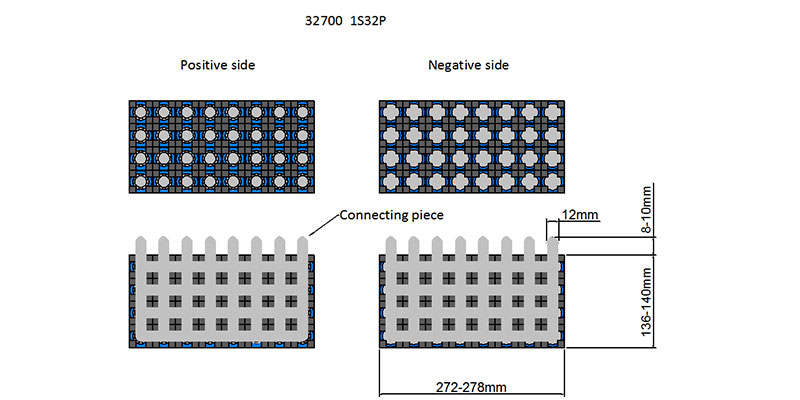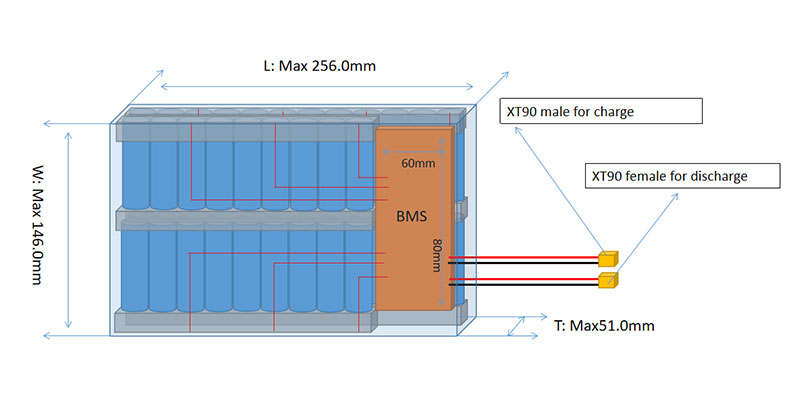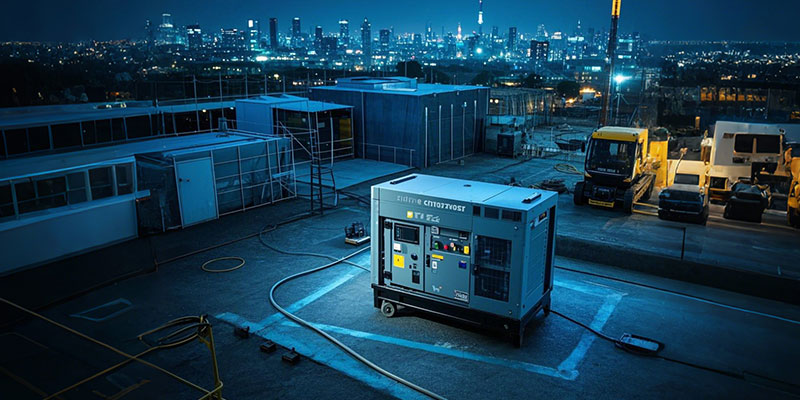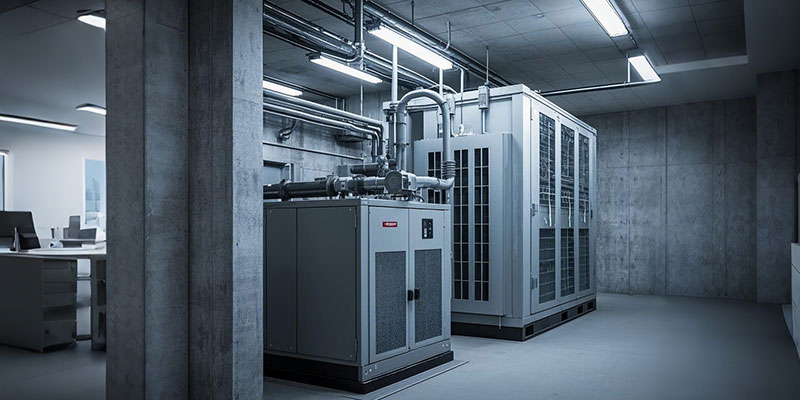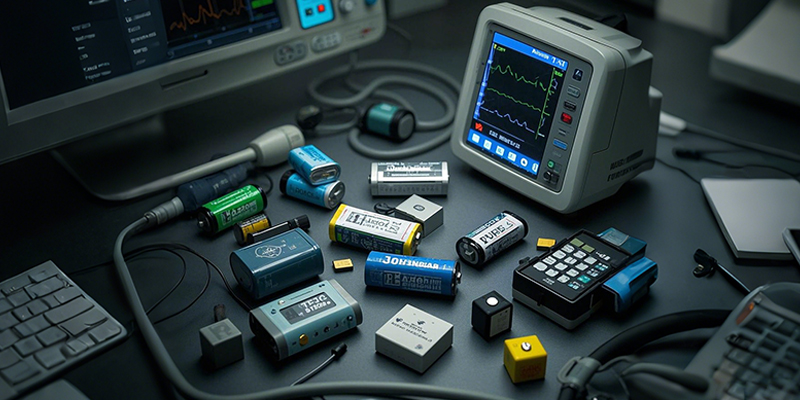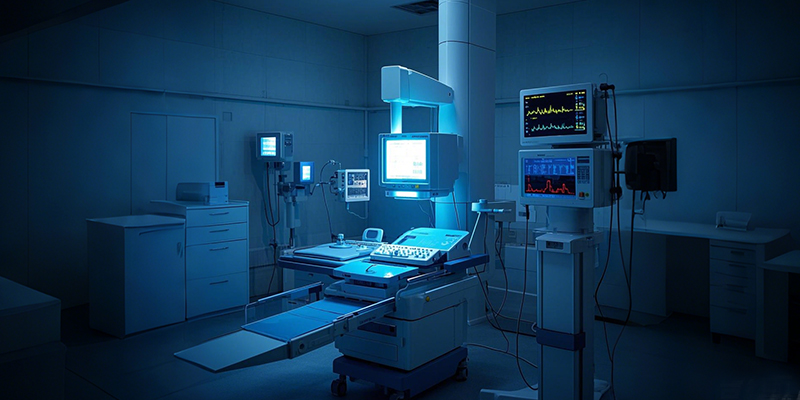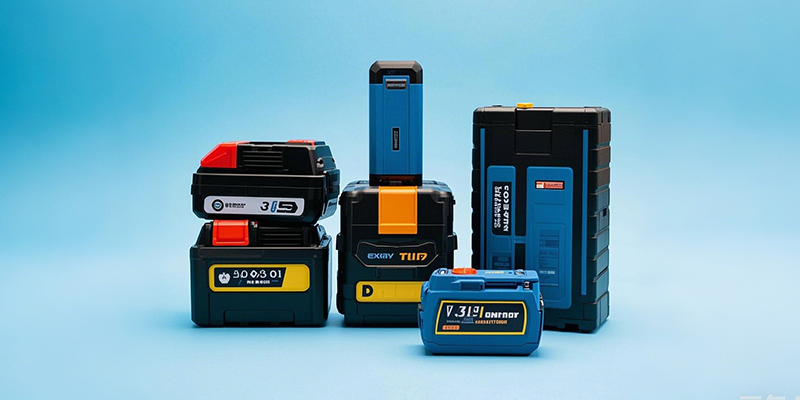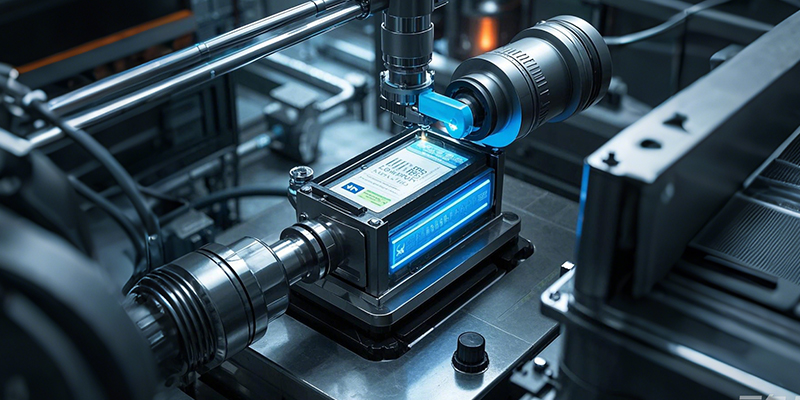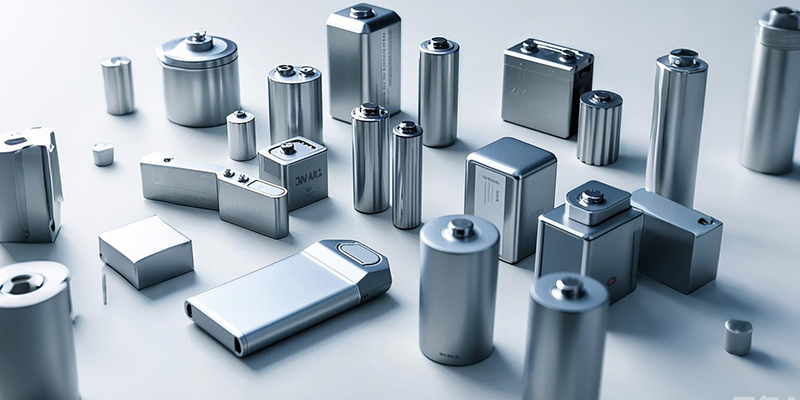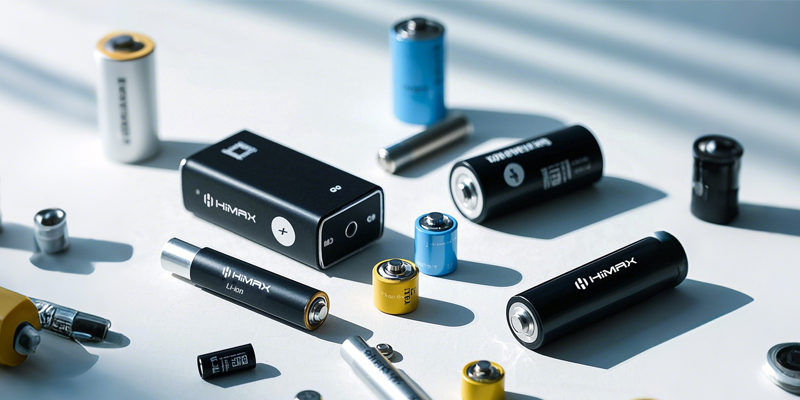Storing and maintaining NiMH (Nickel-Metal Hydride) batteries properly is crucial for extending their lifespan and optimizing performance. These rechargeable batteries are commonly used in a wide range of devices such as remote controls, vacuum cleaners, power tools, electric toothbrushes, and industrial electronics due to their cost-effectiveness, good performance, and eco-friendly nature.
At Himax, we understand the importance of battery maintenance, and we’re here to help guide you on the best practices for storing your NiMH batteries. Whether you’re storing batteries for long-term use or just need to keep them in good shape for a short time, following these key storage guidelines will ensure that your batteries remain efficient and safe.
Separate Battery Types:
Why It’s Important: When storing multiple NiMH batteries, it’s important to separate them based on their production time and manufacturer. Different batches or brands may have slight variations in chemical composition, and mixing them can lead to issues like leakage, damage, or chemical reactions.
Himax Tip: To avoid any potential risks, store your Himax NiMH batteries separately. Mark the manufacturing date on the packaging so you can easily track their age and performance. This helps ensure you’re using batteries that are compatible and in optimal condition.
Check the Packaging:
Why It’s Important: If you’ve purchased new Ni-MH batteries but are not using them immediately, it’s best to keep them in their original packaging. This protects the batteries from coming into contact with other metals, which could cause them to short-circuit or discharge unexpectedly.
Best Practices:
- Avoid metal containers: Never store your NiMH batteries in metal containers. Opt for plastic storage boxes or cases designed for battery storage.
- Keep terminals isolated :Ensure the positive and negative terminals don’t touch. If necessary, use tape or plastic caps to cover the terminals to prevent short circuits.
Himax Tip: Keep your Himax NiMH batteries in a cool, dry place, away from any metal objects, and always ensure the packaging keeps the terminals isolated.
Charge Condition:
Why It’s Important: NiMH batteries self-discharge over time, so it’s crucial to store them at the right charge level to avoid over-discharge, which can shorten their lifespan or damage them permanently.
Should Batteries Be Stored Charged or Uncharged? The ideal storage charge for NiMH batteries is around 80%. This ensures the battery remains in good health without risking deep discharge or damage.
Long-Term Storage: If you’re planning to store your Himax NiMH batteries for an extended period, it’s best to store them fully charged and recheck their charge level every 3 months to maintain performance.
Avoid 0% charge: Avoid 0% charge storage. Storage should avoid fully discharging the battery, which may result in over-discharge, which may significantly shorten battery life or cause irreversible damage.
Himax Tip: For peace of mind, use Himax’s charging solutions to maintain your NiMH batteries at the ideal charge level. This minimizes the risk of over-discharge or undercharging.
Ambient Temperature:
Why It’s Important: Temperature plays a significant role in the performance and longevity of NiMH batteries. Storing them in extreme temperatures, especially high heat, can cause the battery to lose charging capacity or even damage the internal structure.
Ideal Temperature: NiMH batteries should be stored at room temperature—typically 25°C ± 3°C. Avoid places with fluctuating or extreme temperatures.
Avoid Direct Sunlight: Never store your batteries in direct sunlight, as it can cause overheating and decrease the battery’s performance. Choose a cool, dry storage space for optimal results.
Himax Tip: When storing Himax NiMH batteries, make sure they are kept in a stable temperature environment. Extreme heat is a major cause of battery degradation, and keeping them in a temperature-controlled area will maximize their lifespan.
Ambient Humidity:
Why It’s Important: Excessive humidity can lead to corrosion and internal damage in NiMH batteries. A dry environment is key to maintaining their functionality.
Ideal Humidity Range: The best humidity range for battery storage is 35% – 65%. High humidity can cause the batteries to corrode, leading to malfunction or even leakage.
Best Practices:
- Use a moisture-proof container: If possible, store your batteries in a moisture-proof container to protect them from excess humidity.
- Avoid refrigeration: Never store your batteries in a refrigerator unless specifically recommended by the manufacturer. Condensation inside the fridge can damage the battery.
Himax Tip: Ensure your Himax NiMH batteries are stored in an environment with controlled humidity. If you’re storing them in a high-humidity area, using a dehumidifier or moisture-proof storage containers can help protect the batteries from moisture damage.
Conclusion:
Proper storage of NiMH batteries is essential for maintaining their performance and extending their lifespan. By following these simple yet effective guidelines—isolating terminals, maintaining the right charge level, storing in the right temperature and humidity conditions, and keeping them in the correct packaging—you can ensure that your Himax NiMH batteries will continue to perform at their best.
Himax Tip: To get the most out of your Himax NiMH batteries, follow these storage tips and use our high-quality, eco-friendly batteries designed for long-lasting performance. Whether you’re storing them for a short time or long term, the right care will keep your batteries working efficiently and reliably.
By adhering to these best practices, you’ll not only extend the life of your Himax batteries but also ensure your devices continue running at peak performance. Reach out to Himax for any additional tips or questions on battery care. We’re here to support your needs and ensure you get the best from your batteries!

